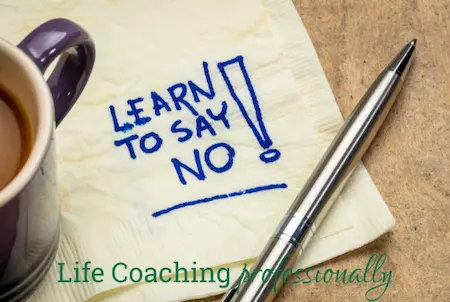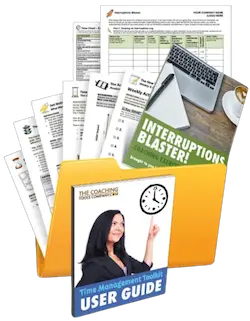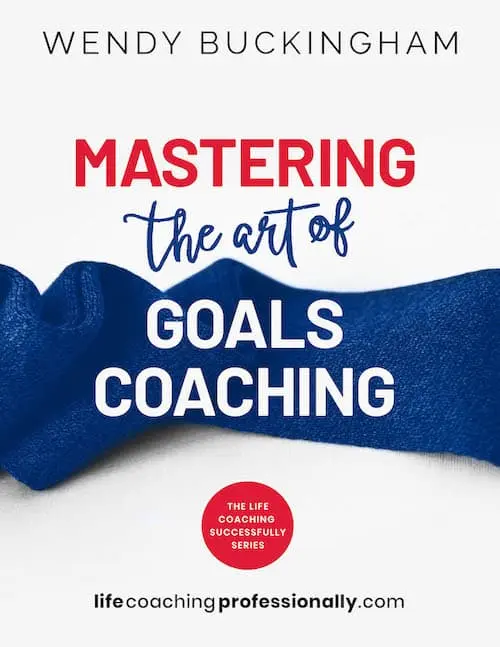- Life Coaching
- Coaching Tools
- How to Say No
Why Learn How To Say NO Without Causing Offence?
Knowing how to say NO without causing offense is a powerful skill to master. It will give you control over your time and your life and is a useful tool to pass on to your life coaching clients.
Saying NO to requests can can easily harm relationships and/or cause offense. But there are also ways to say it so gracefully that the person doesn't feel rejected or dismissed.
The following techniques can help you and your clients say No elegantly. They can be used with family, friends and in work situations—whether face to face, online, on the phone, or even in writing.
Quick Links
I may receive commissions at no cost to you. I participate in the Amazon Services LLC Associates Program. More...
Why Is Learning How to Say NO Elegantly Important?

Being unable to say NO often comes from a need to please and a fear of rejection. A person can find they have said YES so often to the needs of others, they have done very little of what they really wanted to get done themselves.
In many life coaching situations it's important to be able to identify what is driving this fear and educate your clients on the benefits of saying NO if they want to live a life that’s truly aligned with their goals.
Saying NO can also help you, the coach, maintain boundaries—especially if a client becomes overly demanding, like seeking excessive contact between sessions or asking for discounted rates.
So let's examine some ways of how to say NO firmly yet safely and gracefully and without giving offence.
Six Ways to Stop Saying Yes When You Want to Say NO
1. Take Your Time Before Answering a Request With Yes
If the response “YES” to a request is automatic for you, practice stalling for time by substituting it with something like “I’m not sure if that will work for me, can I get back to you in a couple of hours/days?”
Avoid a YES being assumed
Even if you have asked for time to answer a specific quesiton, be careful not to give the impression that your answer will be most likely be yes and the person asking goes away feeling it is already a done deal.
Keep your tone neutral and non-committal, or even veer on the side of a refusal. The time taken to come up with your answer will allow you to consider the following questions and make your best decision:
- How will doing this extra task affect my focus on doing the things I need to do to achieve my own important tasks, goals and outcomes?
- What is the real benefit I will get personally/professionally if I agree to do this (especially if it is a voluntary project)? How important is it to me?
- If I agree to this, will I be giving up precious time with my family or on leisure activities and self-care renewing my energy?
- Do I really want to/have to, do this?
This is all about making it OK to have your needs at least as important as the needs and requests of others.
2. Suggestions for Answering NO to Requests?
Try practising these suggestions.
- 'I'd love to help but it just doesn’t work for me to do that now, but can I suggest...
(come up with someone else who may be able to help). If asked why it doesn’t work, avoid getting drawn into a long explanation which could lead to counter arguments and you giving in and saying YES.
Keep repeating 'It really just doesn’t work for me right now'. - 'I'd love to help but I have a lot on at the moment and really couldn't do justice to what you need...'
Then firmly explain why you really couldn’t do justice to what is needed and if they persist go back to 'it really doesn't work for me'.
3. How Do You Say No to Unwanted Phone Calls?
Avoiding taking a phone calls when it is not really convenient can be a tricky one. One solution is to turn the phone off until it is convenient to talk.
If it's important they will leave a message and you can have a quick listen before you choose (or not) to call back.
If you do answer and want to end the call quickly, try these.
- "I've only got a minute as I am just on my way out."
- "I really can't talk now (can I call you back.)"
- "Sorry I have another call coming through that I just have to take." (and then I'm going out)"."
- Where it's appropriate (family and friends) educate them to ask "Is it convenient to talk?" or something similar, before they launch into a long account of something.
Also willing to firmly end a call you have taken and, if necessary hang up. Remember the person at the other end who keeps talking and refuses to get the message is being inconsiderate and putting their needs before yours.
4. How to Say NO at Work and Avoiding Overwhelm
This is an area where a client can experience the need to say No on a regular basis!
It can seem almost impossible to learn how to Say NO in a work situation, especially if your client is really good at juggling multiple tasks, whatever the personal cost, and also want to look good.
This may help a client say NO at work and avoid overwhelm and burnout.
Hand back prioritising to the person requesting your time

If you are working for more than one person, and they all want their need to be your priority it's easy to become overwhelmed and resentful.
I'd suggest throwing the decision of what is the most important back to all those asking too sort out themselves.
Say something like, 'I can’t see how I can fit this in for when you all want it done in addition to what you have already requested. Where would you prefer I direct my attention?'
Or if you feel overloaded, ask if they could find someone else to help.
However, if your client finds the idea or experience of saying NO to someone, personally or at work is too stressful, it could be time to assess whether this is a work environment or relationship that really works for them.
When I was a young I worked in a large PR company as a secretary to two of the busiest consultants who always wanted everything first and in a hurry.
There were other consultants not nearly as busy and their secretaries would often sit reading and knitting whilst I was in overwhelm often working through my lunch hour.
Yes, the other secretaries could have offered to help, but they didn't, and in those days, I didn't have the skills or the confidence to stand up for myself and say NO elegantly or insist I got some help.
5. What if Someone Wants to Help But Doesn't Have the Time?
Sometimes a person can be being asked to do something they would really like to get involved with but don’t have the time for the big task being requested. When this happens, they can suggest or ask how they can contribute in a way that works for them in the time they want to commit. This will keep them involved but on their terms.
6. How Can I Be sympathetic but Firm When Saying NO?
Don’t over apologise for the NO. Show empathy for someone's situation when being asked to do something, but ensure the response is in a way that lets the person asking know your mind will not be changed as per these tips.
In summary I hope you have found these suggestions for saying NO in the nicest possible way helpful. The bottom line for you and your clients is that learning to say NO confidently can move you forward towards having work life balance and achieving your goals faster than saying YES to everything.
Saying NO elegantly is just one of the types of personal success strategies that I have detailed in my book, Mastering the Art of Goals Coaching Click on the link to preview and check out some of the content.
The book is a bout much more than setting and achieving goals will give you a complete template for coaching clients towards coaching your clients from where they are to where they want to be or what they want to have - their goals.
Help to Say NO with this Time Management Tool
If managing your time (or evening knowing where your time goes) is a problem then this Tim Management and Productivity Kit from the Coaching Tools Company will help you get in control.
I found the Activity Tracker really useful for myself and my clients loved it. Rather rather than just answering random questions about where their time was going, the templates in the kit really gives a reality on what takes up time and how to make positive changes.
The nine tools in the kit can all be branded to your coaching business. You can see the full list here.
More Help to Grow Your Coaching Skills and Promote Yourself
I have written a range of informative books (all from my own 25+ years' experience) that will help you to authentically attract new quality clients, increase your coaching skills and promote your coaching services.
100% Satisfaction or Your Money Back
I am sure you will get real value from each of these books. However, if within 30 days of purchase you are not 100% completely satisfied, you will receive a full 100% refund.






